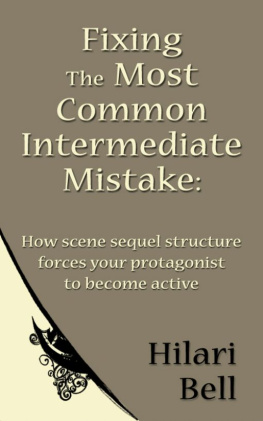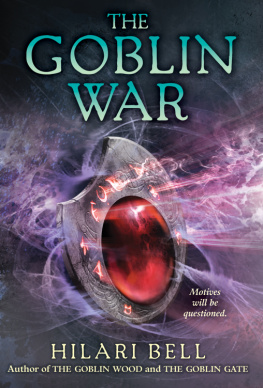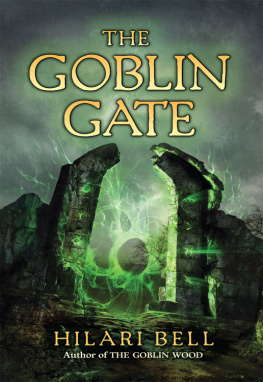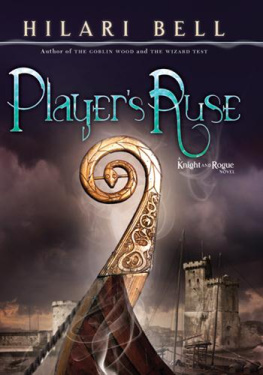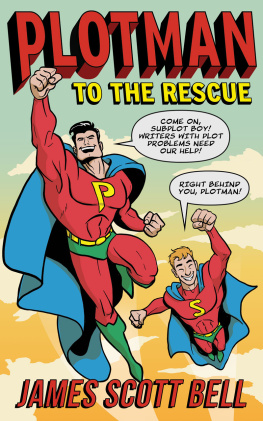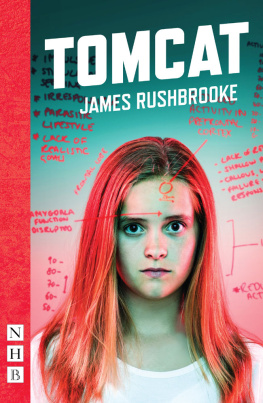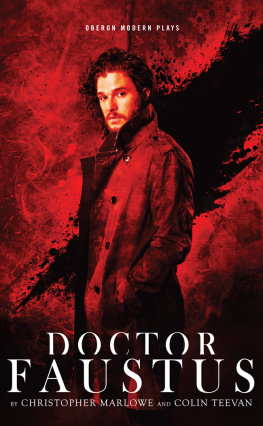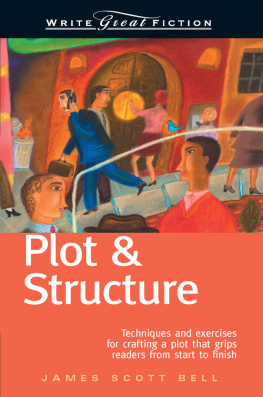Fixing the Most CommonIntermediate Mistake:
How Scene/Sequel structure forces yourprotagonist to become active.
Hilari Bell
copyright 2011 Hilari Bell
Smashwords Edition
Originally posted on hilaribell.com Summer11
A common mistake among writers,many of them well past the beginner stage, is to assume that ifyour main character is in the middle of really dramatic events thenthe story is dramatic--even if all she does is witness and reportwhat she sees. Just as they assume that if their protagonist runsaround swinging a sword at everything that moves their character isactive--even if he never makes a plan, or launches any of thoseswordfights in order to achieve his goals. And writers of allgenres seem to be downright allergic to having their character sitdown and think about what they want to accomplish, and make a plan toaccomplish it!
This makes their characters thefictional equivalent of the people whose plan to get out of debt isto win the lottery--and they usually do win their fictionallottery, being rescued by chance, or having some other charactersolve their problems for them. But people whose problems are solvedby a lottery win--whether it takes the form of the cool boy likingyou, or being crowned king--will never be respected by the reader.In fact, that reader will probably have given up and put down thebook in disgust, because the protagonist is just running around incircles witnessing things (and usually being given lots of help byother characters) instead of doing something themselves to solve theirproblems.
Scene/sequel is a basic, andwell known technique of dramatic structure. The way it worksis: Main Character acquires a overarching story goal in thebeginning. After that, she goes into every scene with a shortterm goal that she tries to accomplish in that scene. Thisshort term goal is usually in aid of accomplishing heroverarching story goal, but not always. Books are usuallyricher if the MC wants more than one thing in life--hencesub-plots. And it's fine for the MC to set out for goal A , reach that goal, andthen decide that what they wanted all along was B --and now that they have A , goal B will be even harder toreach. But whether it's a lesser, sub-plot goal, or a short termgoal in aid of the overarching goal, she has something attempts toaccomplish in that scene, and both she and the reader knowwhat that goal is and how she plans to do it.
Then in the course of the scene, obstacles arisethat prevent the MC from reaching her goal--shefails. Watching the MC struggle to reach that short termgoal in each scene is the main source of dramatic tension in anystory. And her failure is what ratchets up the tension andthe stakes.
There will also be times when MC succeeds inreaching her scene goal--but when she does, success doesn'tcomplete her story goal, and she now has a bunch more stuff sheneeds to accomplish in order to get what she wants.
After every scene there will be a shortsequel. The sequels are generally much shorter than thescenes, but they are absolutely essential because they're whatholds the story together, maintains dramatic tension, and makesyour character work--because the sequel is where they decide whatto do next.
Sequels can be done in summary instead of thestory "now," or they can be done with laid out action and dialog,just like a scene. The four steps in as a sequel are:Emotion, where the MC reacts to the failure in the proceedingscene. Thought, where she evaluates what the failure meant toher ability to reach her goal. Decision, where she figuresout what she needs to do next, since the last attempt failed. And the beginning of Action, which is actually the beginning of thenext scene in which she does whatever she decided to do...and thatfails in turn, leading to another sequel, leading to another scene,etc.
Sequels, particularly in action novels, aresometimes so short as to be almost invisible. "Bob didn'tmake it through! We've got to..." is as long as somesequels need to be. Some sequels, where the main characterreflects on the nature and value of their goals and doubts theirability to ever reach them, can be far longer. Frequently(though not always) the sequel is where character growth takesplace, because that's where characters generally make theirdecisions. And that's where they show off the determinationto proceed in the face of all obstacles that makes them, not justthe main character, but ultimately the hero.
And it's also both how and why your charactergoes from passive to active, because the sequels are where theythink, and establish short and long term goals--instead of runningaround aimlessly while the story happens to them.
For an example of how this works, let me breakdown part of the story I set up in my previous tip:
Scene: Main Character learns that her parents are planning to move toa dog-free building, so Muffy will have to go. She complainsfuriously, but parents are adamant--this house is too expensive andthey need to be closer to their jobs.. She bursts into tears andflees the room, Muffy clasped in her arms.
Sequel: MC resolves to keep Muffy, whatever the cost. But parents aredetermined to move, so what can she do? Maybe she could find anapartment where they could be near their jobs that would allow adog. If she can find one, she could talk them into moving thereinstead!
Scene: She goes to apartment buildings in the area, but all of themhave a no-dogs sign on their doors. She finally goes into one andtracks down the super to ask why everyone hates dogs, and he tellsher that the mayor had passed a new city ordinance that allbuildings in the city must be dog free.
Sequel: With this new law, there's no way she can find a building thatwill take Muffy! How hateful and unfair this is. Surely otherpeople who want to keep their dogs must be as angry about this asshe is. And mayors are elected--the have to bow to politicalpressure...but how to raise some? Everyone in town reads theBooyaboo Gazette!
Scene: She writes a letter to the paper arguing against theordinance, and it gets a big response...from readers, but not fromthe mayor, who responds with a public statement that dogs are asbad for people who have allergies as cigarette smoke--and how manypeople want smoking back in public buildings?
Sequel: Dogs aren't cigarettes! They do good, not harm, for everyonewho isn't allergic. Clearly more pressure is needed. If protestorsin Egypt could bring down a dictator, surely protests can convincean ordinary mayor to change his mind.
Scene: She starts a Twitter account, publicizes it through the paper,and organizes a demonstration in front of the cityhall...
These are just a few story beats, but you seehow the MC's decisions lead right into action? And how those chainsof decision/action/decision/action move the plot forward. And howtension is generated by both her failures and her successes, as thepositive response to her letter in the paper forces the mayor topush back?
In any book there will be some exceptions tostraight scene/sequel structure, where the MC is in pursuit of hermain story goal. You may have sub-plot/lesser goals that she alsotries to attain, and that end with success either shortly before orshortly after the climax.
In most novels there will alsobe a few "character building" scenes where the MC isn't pursuing agoal but just living and dealing with the people around her--andhow many of those scenes there are depends on what kind of storyyou're writing. Character-based problem novels can get by with moreof them. Action novels--mystery, fantasy, SF--use fewer. Butwhatever genre you're writing, you should be aware that in sceneswhere your MC isn't pursuing a defined goal story tension willslacken. In scenes where she is pursing a goal it will pick up. Soeven in character based stories, you probably want to limit thosescenes--because another term for story tension is suspense .
Next page
